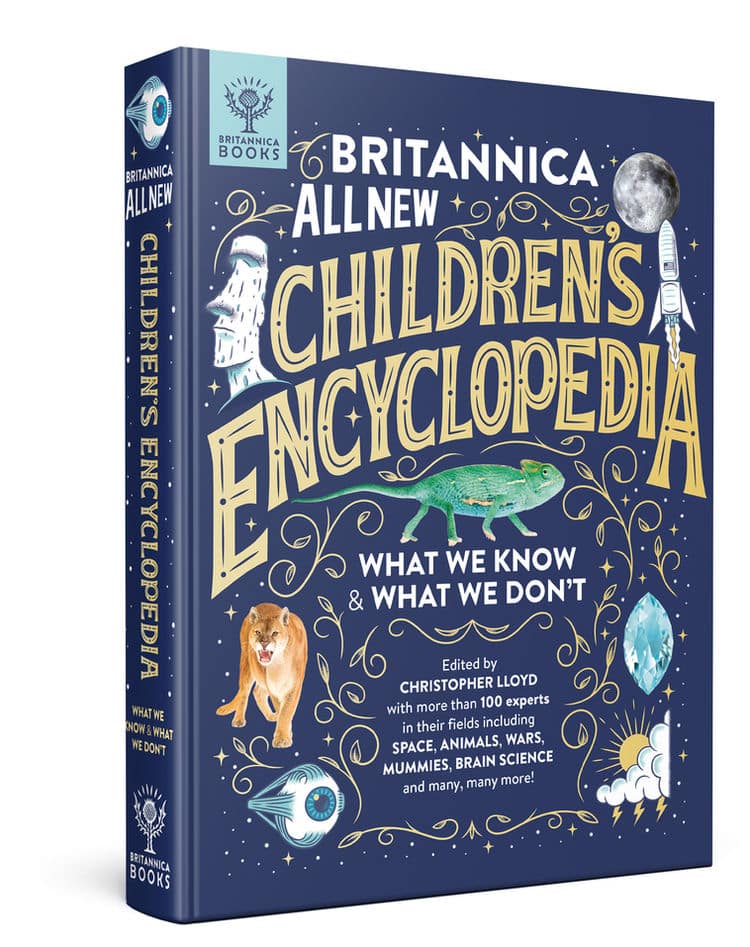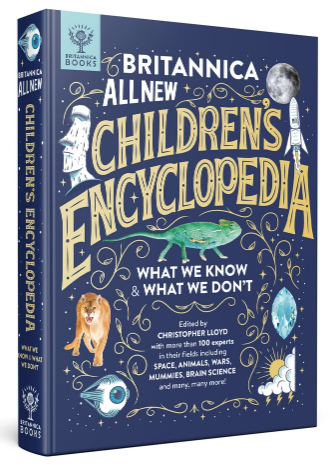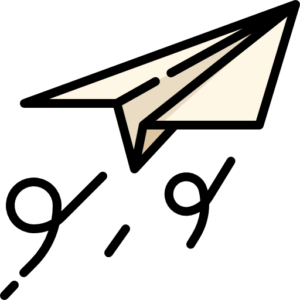
Book Title: The Britannica All New Children’s Encyclopedia (available here)
Authors: Various writers, ed. Christopher Lloyd & J.E. Luebering
Illustrators: Mark Ruffle & Jack Tite
Publisher: Britannica Books/What on Earth Books
Publication Date: October 2020
Most Suitable For: KS2
Reviewer: Alison Leach
Many us of will remember the joy of browsing through encyclopedias as a child – whether a physical volume like my own well-thumbed children’s illustrated DK encyclopedia or, for a certain generation, the fun of clicking through a curiosity-led trail of articles on the Encarta CD-ROM. We might wonder whether such books are obsolete in the age of Google and Wikipedia, but The Britannica All New Children’s Encyclopedia has arrived in style to bust that myth.
The Britannica All New Children’s Encyclopedia is an illustrated, 416-page compendium brought about as a partnership between Christopher Lloyd at What on Earth Books and Encyclopædia Britannica. This encyclopedia steps away from the traditional A-Z organisation of topics and instead is structured into eight chapters; Universe, Earth, Matter, Life, Humans, Ancient & Medieval Times, Modern Times, and Today & Tomorrow. The subtitle of the book is ‘What We Know & What We Don’t’, which sits the reader in the position of a co-quester for knowledge as the eight big topics are explored, acknowledging (in fact, enjoying) the space left for questioning, wondering and gazing into the unknown. In his introduction, Christopher Lloyd says, ‘The more I realized what I didn’t know, the more excited I became about discovering new things….one thing I have learned in all my research is that each answer leads to a series of new questions.’ In doing so, Lloyd sets the tone for the rest of the volume, exploring a host of topics through information that is ‘known’ and introducing related questions and mysteries as ‘known unknowns’.
The first chapter – The Universe – covers all things space related. Diagrams, photographs, fact boxes and paragraphs of text invite readers to dip in and out of a whizz around the universe, pausing to marvel at black holes, become intrigued by the Kuiper Belt, run their finger down a list of space probes or ponder at the known unknown about dark energy and whether there will be an ‘Earth 2.0’. The section finishes with a quiz and an ‘ask the experts’ feature, which gives a trusted seal to the information as well as introducing a range of associated jobs. Further chapters follow the same structure, although many readers will no doubt open the heavy, hardback volume on a random page and begin their own curiosity trail that way, enjoying the variety of format and presentation as they roam.
This is a highly recommendable gift for children and an essential for KS2 classrooms or primary school libraries. While it may initially appeal as a fact-finder or a reference book, it will quickly charm its readers into enjoying the quest for knowledge as a pleasure pursuit and will become a popular choice for browsing, flicking through, dipping into and pondering deeply at knowns and known unknowns alike.
———————
You can order The Britannica All New Children’s Encyclopedia online or from your local bookshop.
Many thanks to the publisher for sending us a review copy of this book.
Where next?
> Visit our Reading for Pleasure Hub
> Browse our Topic Booklists
> View our printable year group booklists.
> See our Books of the Month.









